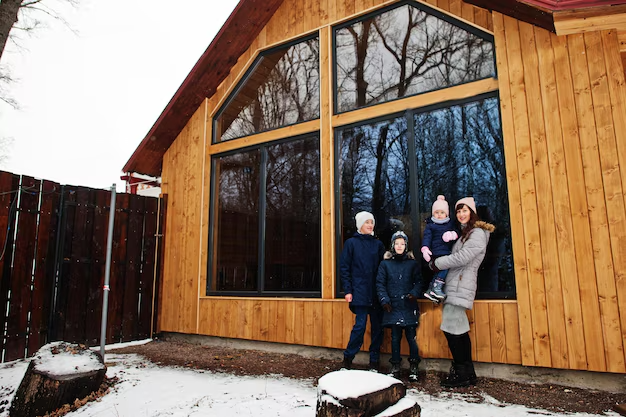Introduction
Storms can strike unexpectedly, causing significant damage to homes and properties. Protecting your home against storm damage not only saves money in repairs but also ensures the safety of your loved ones. In this guide, we’ll delve into actionable strategies and preventive measures to help homeowners safeguard their properties.
1. Understand the Risks and Types of Storm Damage
Before implementing protection measures, it’s essential to understand the common types of storm damage. These include:
- Wind Damage: High-speed winds can tear off roofs, break windows, and topple trees.
- Water Damage: Heavy rain or flooding can infiltrate basements and foundations, leading to structural damage.
- Hail Damage: Large hailstones can crack roofs, damage siding, and shatter windows.
Knowing the potential risks in your area enables you to tailor your preparation efforts effectively.
2. Fortify Your Home’s Exterior
a. Install Storm Shutters
Storm shutters are a simple yet effective way to protect windows and glass doors from shattering during high winds or hailstorms. Options include roll-down shutters, accordion shutters, and impact-resistant glass.
b. Roof Reinforcement
Reinforcing your roof with hurricane straps or metal brackets adds stability. Inspect for loose shingles and repair them promptly to prevent leaks.
c. Secure Loose Outdoor Items
Outdoor furniture, planters, and decorations can become dangerous projectiles during storms. Secure these items in a safe area or indoors.
3. Strengthen the Foundation and Drainage Systems
a. Waterproof Your Basement
Applying waterproof sealants and ensuring proper grading around your home can prevent water from seeping into your foundation.
b. Maintain Gutters and Downspouts
Regularly clean gutters to ensure they’re free of debris. Properly functioning downspouts direct water away from your home, reducing the risk of water pooling near the foundation.
c. Inspect and Repair Drainage Systems
Ensure your property’s drainage systems are capable of handling heavy rainfall. Consider installing a sump pump as an added safeguard.
4. Invest in Long-Term Protection
a. Impact-Resistant Materials
Use materials such as reinforced doors, impact-resistant windows, and heavy-duty roofing materials designed to withstand storms.
b. Build a Safe Room
A designated safe room within your home provides a secure space during extreme weather. Ensure it’s equipped with emergency supplies, reinforced walls, and proper ventilation.
c. Emergency Power Backup
Install a backup generator to maintain electricity during power outages caused by storms. This ensures critical appliances like sump pumps and medical devices continue functioning.
5. Prepare for Emergencies
a. Develop an Evacuation Plan
Create and practice an evacuation plan with your family. Identify safe routes and destinations in case you need to leave your home.
b. Assemble an Emergency Kit
Prepare a kit with essentials like water, non-perishable food, first aid supplies, flashlights, batteries, and important documents.
c. Safeguard Important Documents
Store critical documents in a fireproof and waterproof safe to protect them from damage.
6. Financial Preparedness
a. Review Your Insurance Coverage
Ensure your home insurance policy includes adequate storm damage coverage. Consider additional flood insurance if you live in a high-risk area.
b. Understand Deductibles
Be aware of your policy’s deductibles and how they apply to storm-related claims.
c. Document Your Property
Maintain a detailed inventory of your possessions, including photos and receipts, to simplify the claims process after a storm.
7. Regular Maintenance is Key
Routine maintenance is crucial for keeping your property storm-ready. Conduct regular inspections of your roof, gutters, and foundation. Trim trees to prevent branches from falling on your home during high winds.
Conclusion
Protecting your property from storm damage involves a combination of proactive measures, regular maintenance, and financial preparedness. By implementing these strategies, homeowners can minimize risks, safeguard their investments, and ensure the safety of their families during severe weather events.

